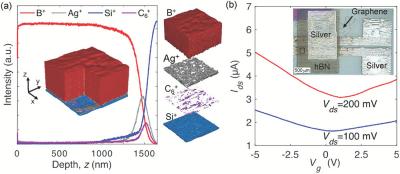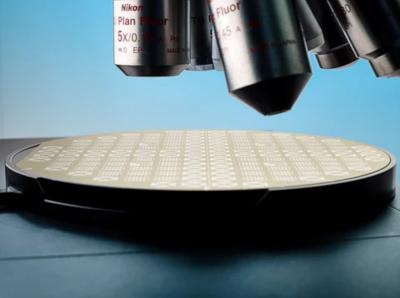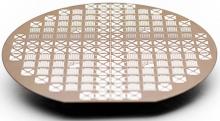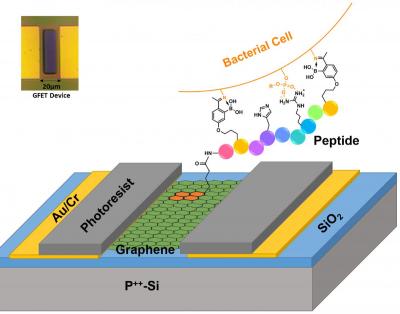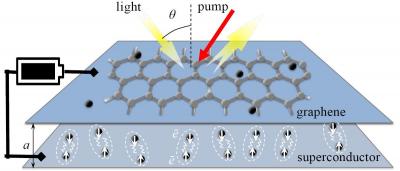A new project called GraphCAT will aim to create an ecosystem of graphene research
A new project was recently launched under the name of GraphCAT, an initiative to create an ecosystem of research centers focused in the study of graphene. The project received funding from the Government of Catalonia and the European Union.
The ultimate vision of the GraphCAT Community is to establish Catalonia as an international hub for graphene research, development and innovation, with multiple local industries deriving strong competitive advantage in the global marketplace through the integration of proprietary graphene technologies into their products and services.
